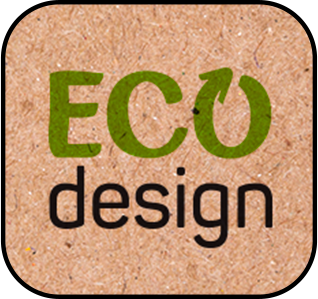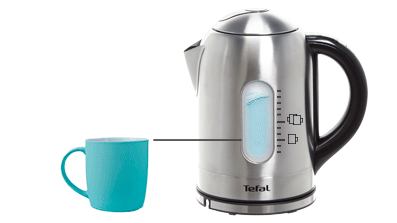Reducing our environmental impact together with eco-design
Our products are there to support you every day and make your life easier, but the fact is that they consume resources and energy. When we produce them and when you use them.
Discover our eco-design approach and how we can act together.
What is eco-design?
Eco-design means doing just as well
- or better - with less.
- or better - with less.
So how do we do it?
It all starts with a better understanding of the environmental impact of our products, from the extraction of the resources needed to manufacture them, right to their end of life. To do this, we have carried out Life Cycle Analysis on the majority of our product families.
Life Cycle Analysis
This is a standardised methodology, which allows us to quantify and understand environmental impacts
throughout the product life cycle* :
*based on greenhouse gas emissions report, Groupe SEB 2016
Did you know?
For Tefal products, the greatest environmental impact comes from the usage phase and the extraction of raw materials.
The life cycle analysis of our products allowed us to identify
5 eco-design priorities to reduce our impacts:
A label with a rigorous process
The labelling we have put in place is based on a rigorous methodology, setting precise thresholds for each of the 5 criteria above, as well as strict rules on label governance. Audited by Ernst & Young, in compliance with ISO 14020 and 14021 standards.
Discover more about our criteria in the different product categories
Act together
Reducing the overall environmental footprint of our products is a shared approach: it is us, when we design, produce and transport them. And it is also you, when you use them.
Here are some eco-tips you can implement every day.









































